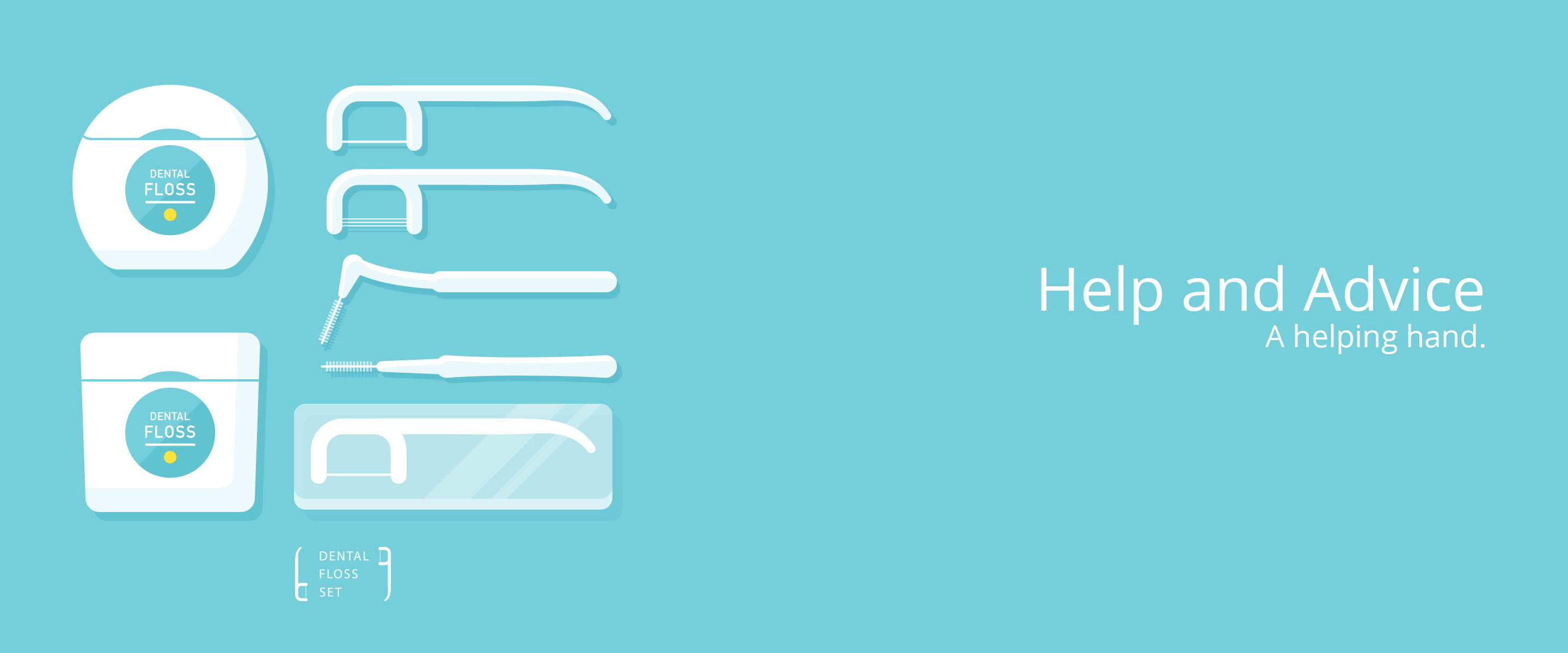1. Stop snacking / sweet drinks between meals
As written above, timing when you eat, and not snacking is key to preventing decay. The same also occurs with any drinks with sugar added in them – such as tea and coffee. The worst offenders are office workers that have several cups of tea/coffee with sugar in them periodically during the day, between meals – with these you’re getting several extra rounds of decay that most people will not have! Other people that constantly get holes are those that suck sweets/mints during the day (think long distance drivers etc) or those constantly sipping on sweet drinks.
2. Eat only 4 times a day.
Limiting eating to 4 times a day will stop any further decay. We’re not stopping you from eating nice things though – you can still enjoy your treats – just try and eat sweet foods / desserts straight after meals and not at a separate time!
3. Use sugar free sweeteners or sugar free mints/sweets
As written above, sugar in drinks drunk between meals can cause massive amounts of decay. Switch to a sugar free sweetener to still enjoy your drinks – these won’t cause decay. The same applies to any sweets or mints – please ensure these are sugar free!
4. Use a fluoride toothpaste – spit out – and don’t rinse away
Fluoride in mouthwashes and toothpaste help prevent dental decay. Make sure your toothpaste is at least 1350ppm Fluoride (see the back of the packet to identify this). We tend to see that people not using fluoride toothpastes tend to get a more holes than those without! Another handy tip is after brushing, not to rinse away, but to spit out the foam afterwards and leave it there. The foam has a lot of the fluoride in and will help protect your teeth.
5. Use a fluoride mouthwash at a different time of day from brushing
The more often you can use a fluoride toothpaste or mouthwash, the greater the protective effect it has. This is why if you were to use a fluoride mouthwash straight after brushing, it wouldn’t be a great help in further protecting your teeth as your teeth are already being protected from the fluoride in the toothpaste. What is more beneficial is to use it at a separate time during the day – for example, after lunch, or after your evening meal. Mouthwashes need to contain ‘225ppm’ of Fluoride (or 0.05% – check the back of the bottle where it will say this). Using a mouthwash a few times a day after meals will help protect your teeth and give you fresh minty breath!
